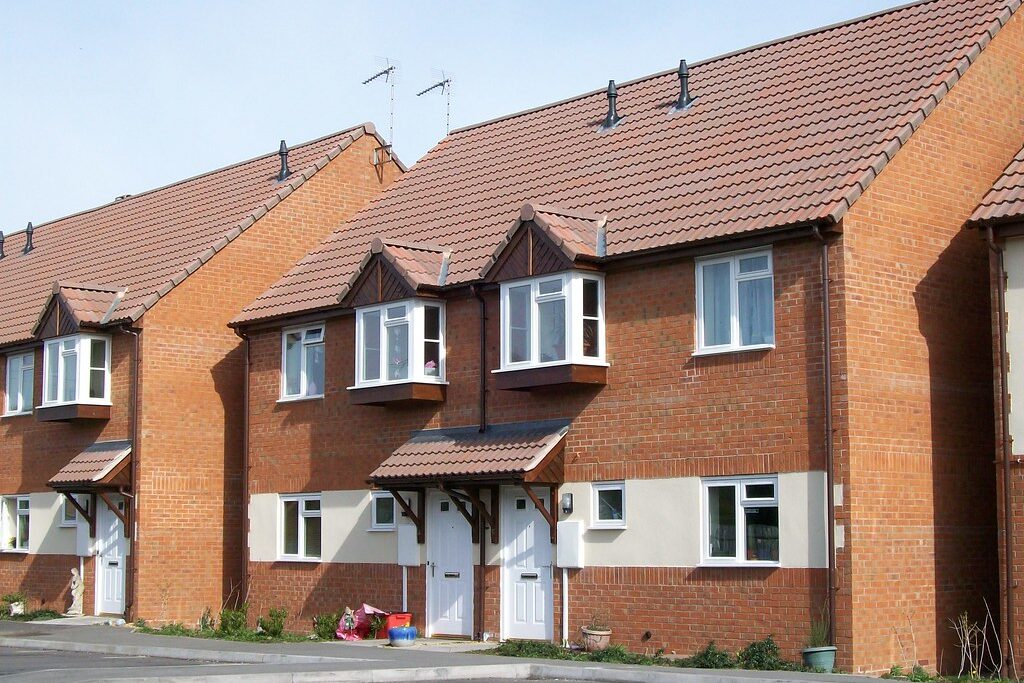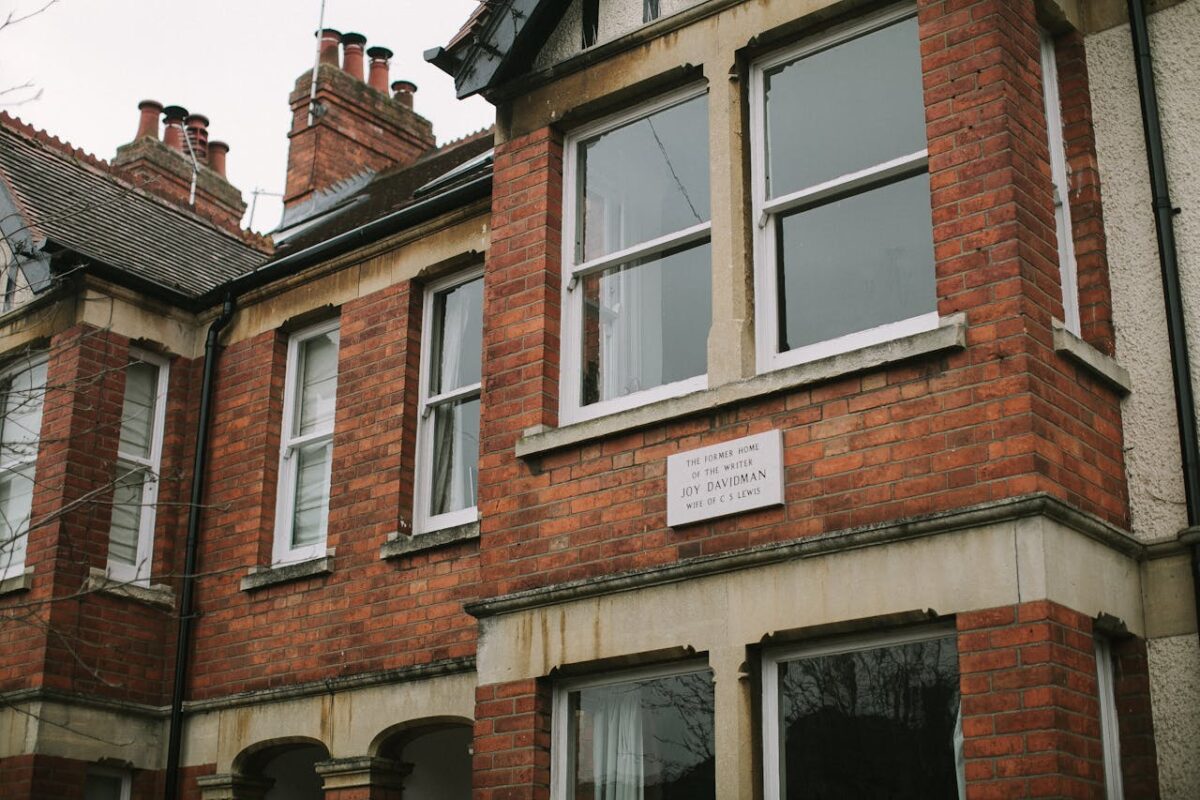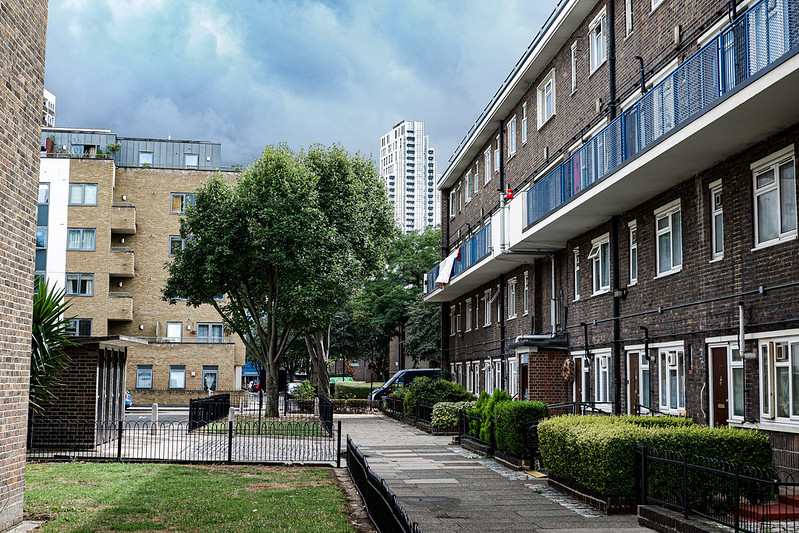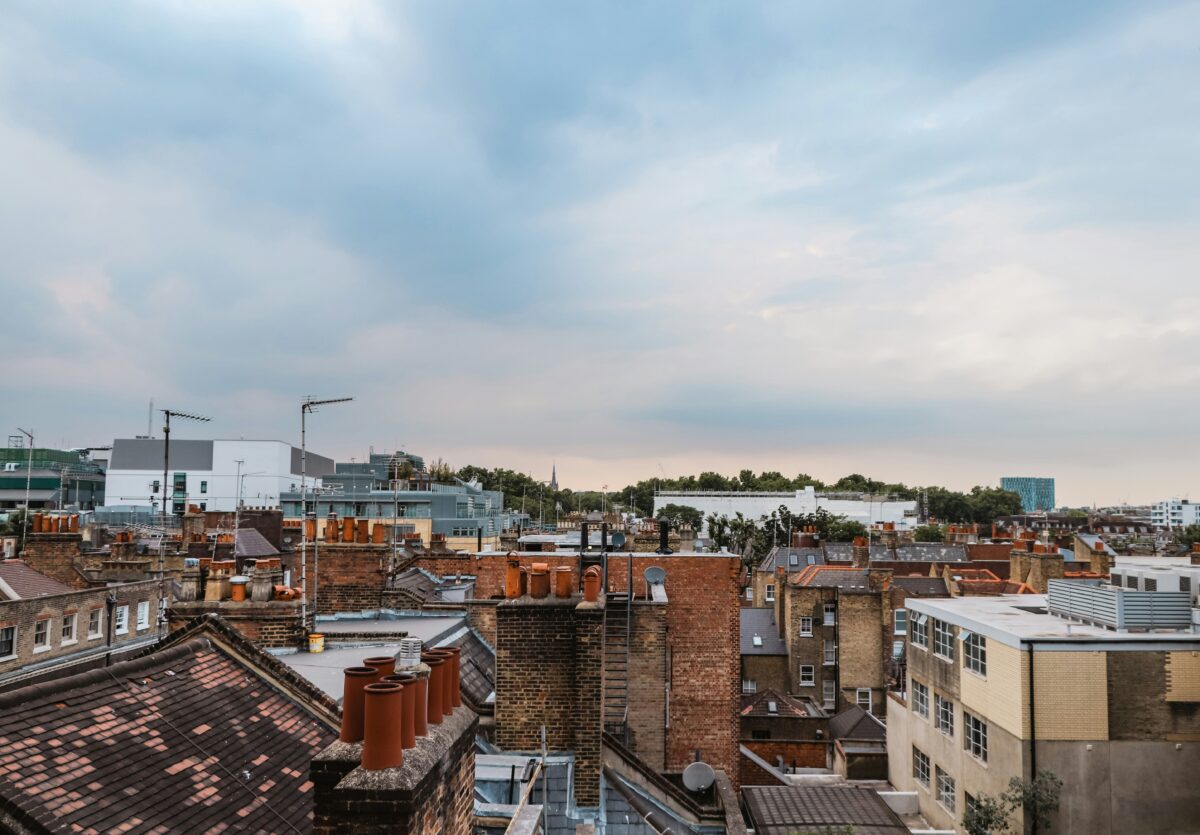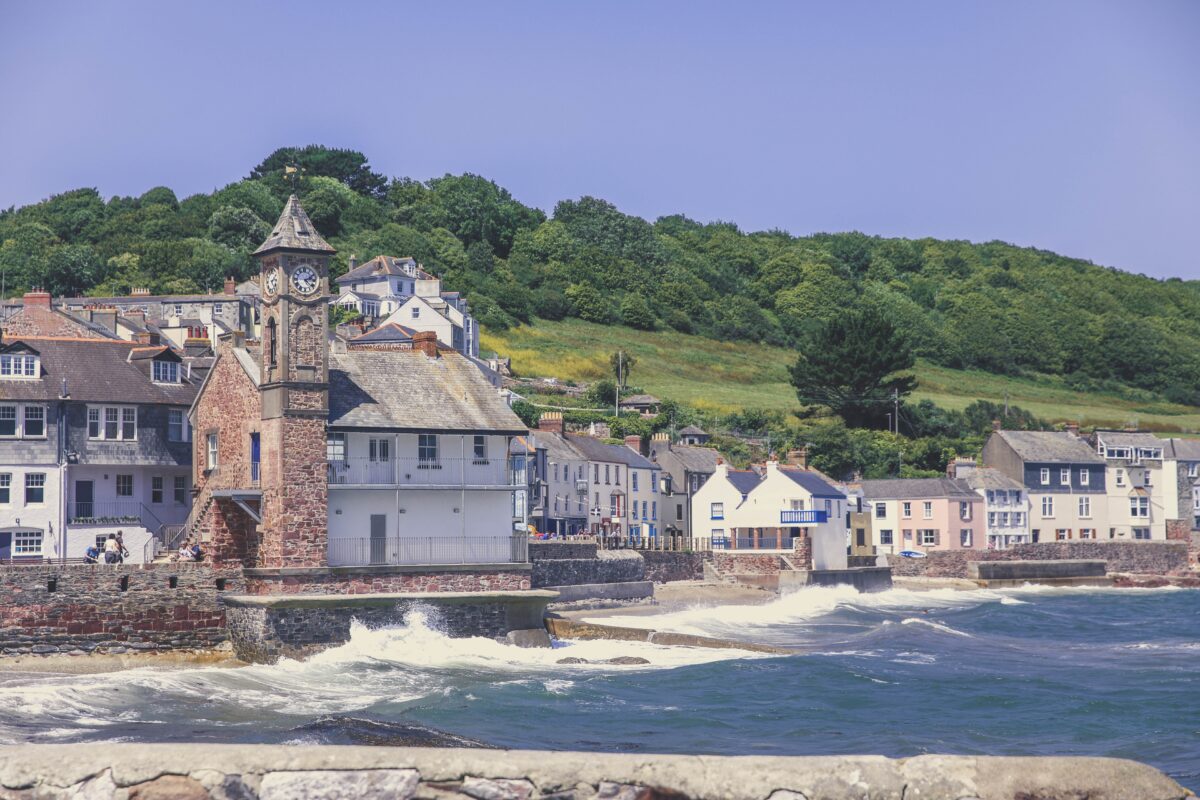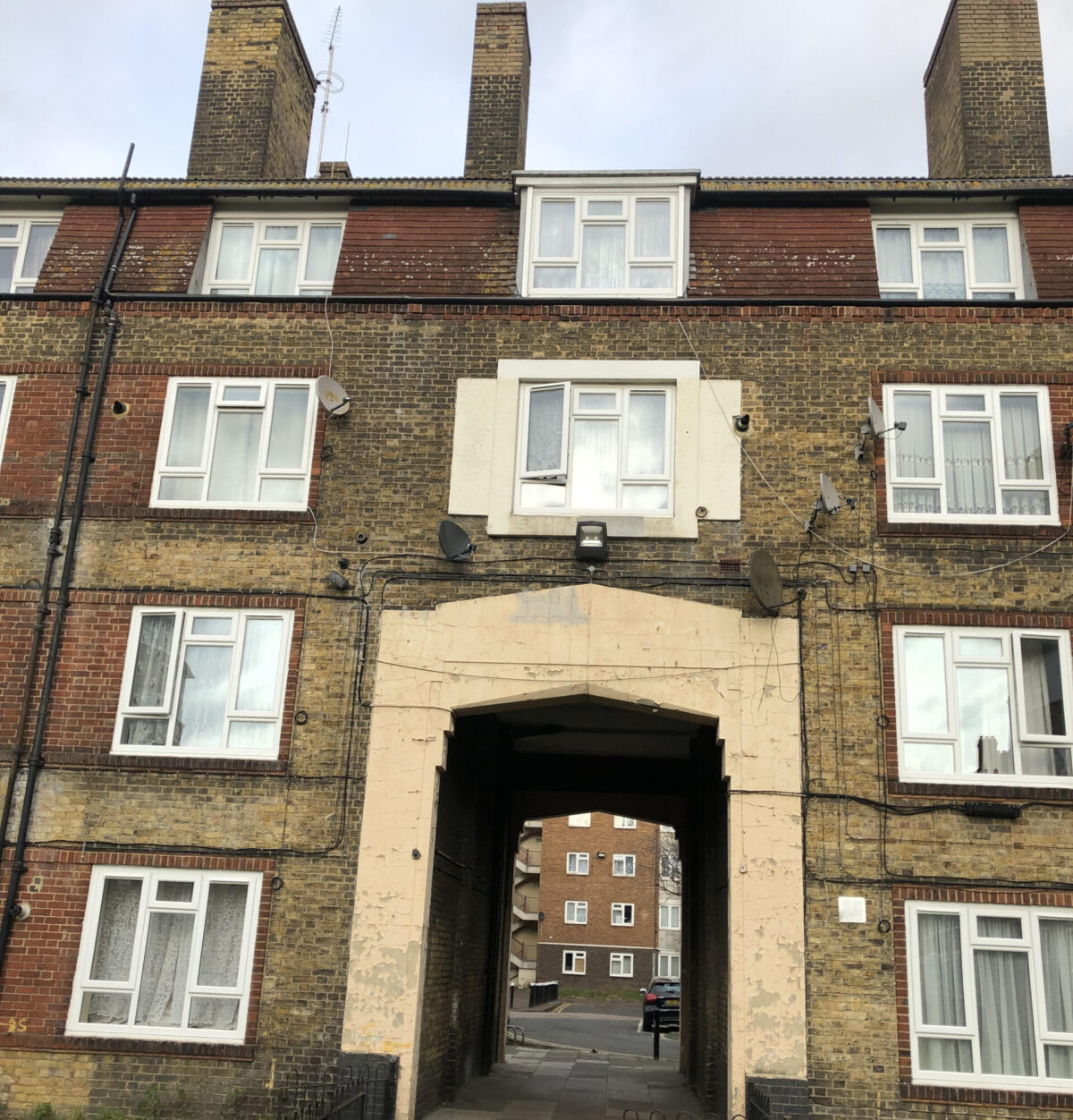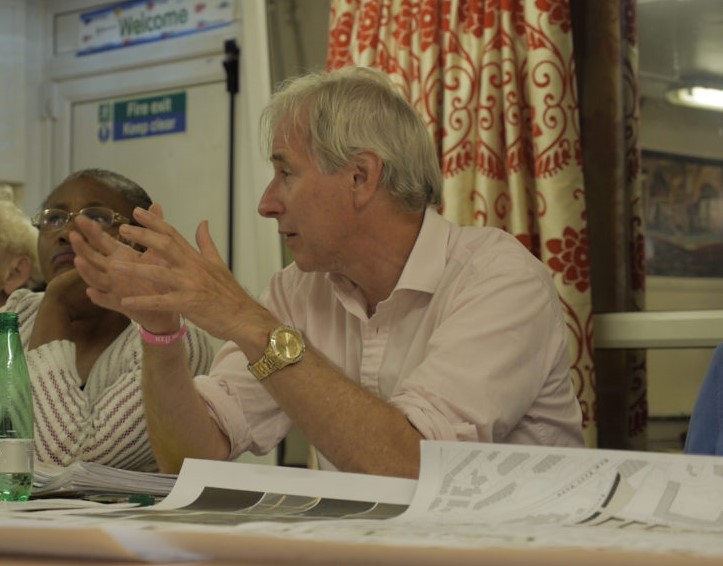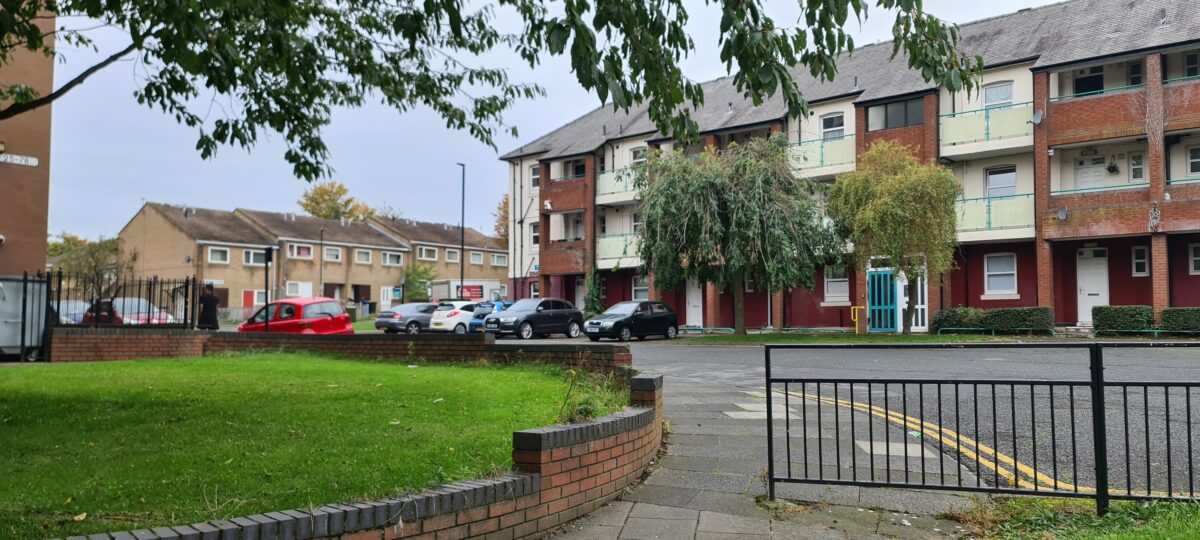How can councils building homes contribute to the Government’s ambition to provide 1.5 million additional homes by the end of the Parliament and fulfil its commitments to getting more affordable homes both through the planning system and the Affordable Homes Programme (AHP)?
The research undertaken by Ben Clifford and I (2017, 2019, 2021 and 2023) shows that Councils are providing homes through a wide range of means and for a range of tenancy/sale models which are not generally recognised in the media. The level of council home delivery in England is regarded as low when viewed through the government’s figures on social housing completions but this hides both the commitment and contribution that councils are currently making and there can be increased delivery if these current initiatives are recognised and supported more proactively.
More sustainable funding
Council homes built using the AHP applies to approximately 50% of current local authorities in England with Housing Revenue Accounts (HRA) that did not transfer their stock. To enable this group of councils to increase their delivery through this programme, our research shows that the current barriers to delivery including cost of materials and construction, funding costs, land prices and the levels of subsidy to support delivery are well known and each can be acted upon by government with some initiatives including those already started.
But our research has highlighted other ways in which councils could provide more homes. The first is to give local authorities five -year funding to deliver a social housing programme, as is given to the Mayor of London and Housing Associations, rather than requiring them to seek individual project funding through Homes England. This would enable councils to employ a housing development and delivery teams, improve their skills and enable these teams to work on the wider provision of housing as is the case in the London Boroughs.
The second way to increase council housebuilding is to abolish the HRA. This is not an accounting principle used anywhere else in the world and is peculiar to the UK Treasury. Although some will argue strongly that the HRA provides a ring-fenced fund for housing within councils, its arcane rules operate retained, centralised control. How do other countries provide social rent homes without using an HRA approach? They have the freedom for prudential borrowing against their whole asset base and then use cross subsidy models to provide social rent homes – in some countries by multiple providers. If the Treasury made good its 2007 promise to introduce the International Financial Reporting Standard to local government, then local authorities would be in the same position as housing associations, the private sector and rest of the OECD member states to provide homes.
Thirdly, the subsidies available for social rent homes must be more realistic within the current costs context and also be more flexible in their provision. The government can do more on this by reducing costs of borrowing for homebuilding by councils and enabling those councils still paying off government housing loans taken when historically high interest rates were prevalent, such as the 1990s, to pay these down early if they replace this debt with that used for new home provision.
Embracing alternative models
It is generally assumed that councils without an HRA do not provide housing, but our research found that this was not the case. In 2023, 94% of all councils were supporting housing delivery such as providing land, buildings, funding, partnerships with housing associations and/or developers, rent guarantees, advocacy and other planning requirements that, in some cases, have resulted in higher delivery of affordable homes than those with HRAs.
However, these contributions, also made by councils with HRAs, are hidden because housing associations and developers are shown as delivering this affordable housing with no acknowledgement of council contributions. We need a better way of demonstrating how councils are supporting delivery through other institutions which recognises their role.
Strengthening council housing provision in planning
There are other ways in which council housebuilding can be increased. In the planning reforms recently announced, the government has stated that local authorities will need to demonstrate the need for social rent homes in its plan making evidence. However, once identified, no other parts of the planning system have been changed to enable these needs to be translated into delivery. This starts with the lack of requirements to identify and safeguard enough land for social and affordable housing needs in local plans, continuing the planning assumption that all homes are provided by the private sector, with affordable homes provided as a market residual. Reforms in land acquisition costs recently consulted upon by government could make some difference but at the same time, the land could be more easily made available if identified at this earlier stage.
Another initiative used in Scotland could be extended to England. When homes are negotiated through Section 106 agreements in planning applications, the council has an almost guaranteed right to subsidy for these homes to enter the council’s stock and they are not left empty or negotiated away because no housing association will take on their management.
Institutional reform to prioritise social housebuilding
The role of housing associations collaborating with councils in social housing delivery also needs to be reset. In their tradition and heyday, the main purpose of housing associations was the provision of social and affordable housing. Since they have been able to become developers, the social rent mission has increasingly been overlooked. The Housing Regulator is having to remind them of their responsibilities to keep their existing homes in good repair, as should be required as a consequence of their access to private finance. Further, some housing associations are selling off social rent homes in higher priced areas without replacing them and it is in these areas that the housing need for such homes can be its most acute.
Finally the reforms underway in Homes England and their relationship with the mayors of the new Strategic Authorities should be promising for local authority housebuilding but old cultures die hard. Their focus on regeneration and land acquisition has slowly increased with only a third of the Homes England budget in the last five tears being spent on affordable housing. It is time to increase the percentage of this budget to the AHP and develop land its holds through sales to councils and housebuilders with covenants that require social homes to be built as a condition of the land sale.
